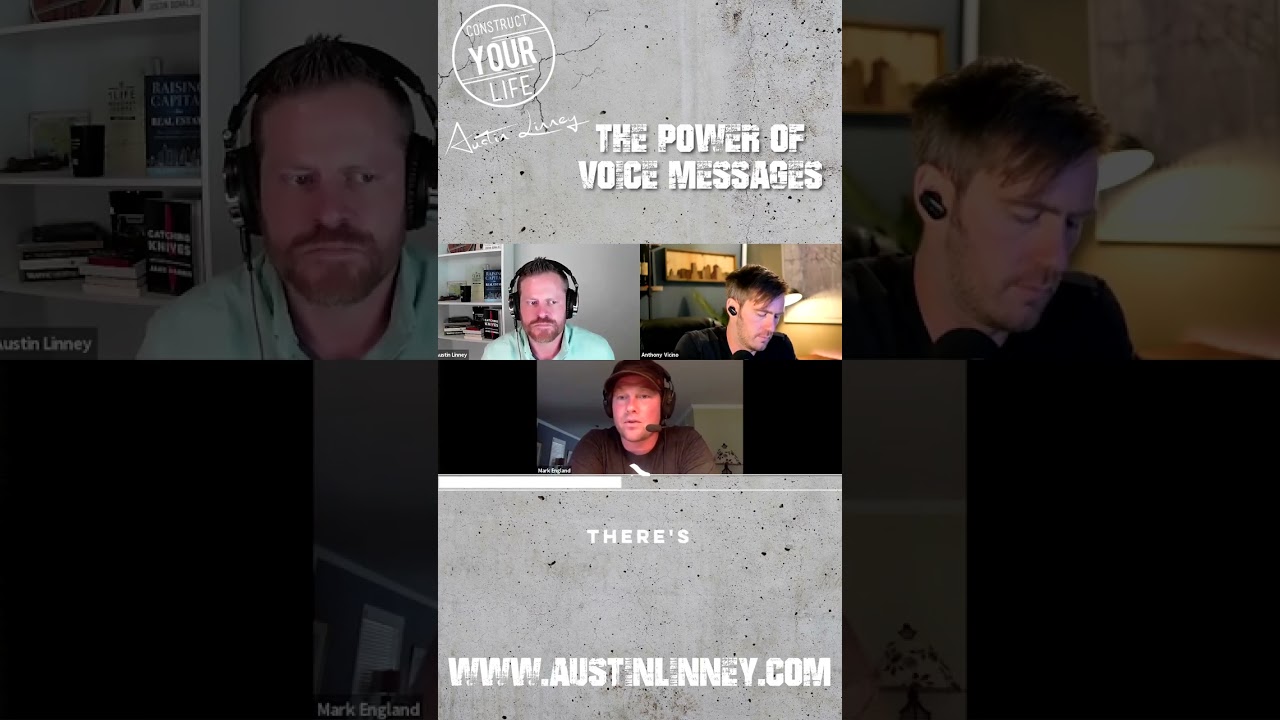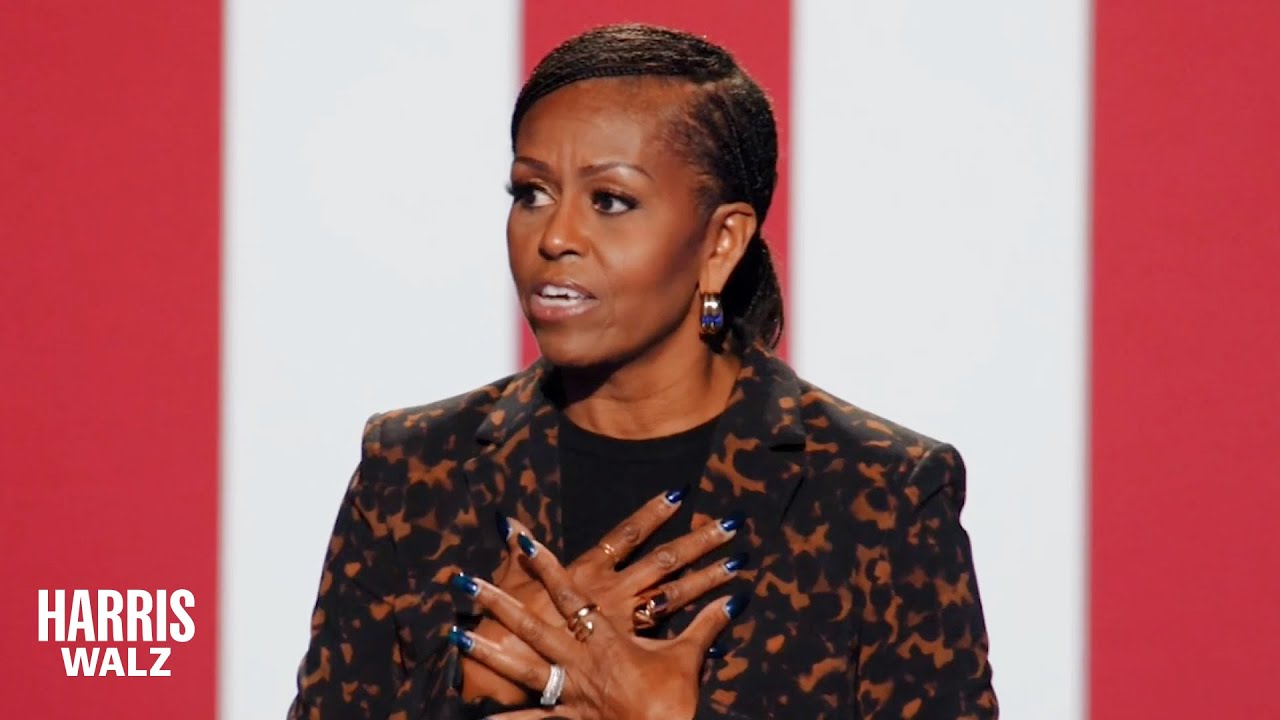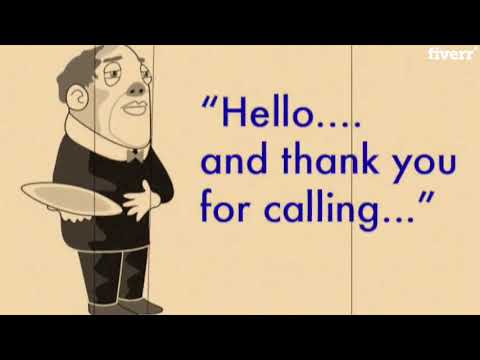In today’s fast-paced world, effective speech messaging is crucial for anyone looking to make a mark through public speaking. It’s more than just words; it’s about sharing a compelling message that resonates and captivates your audience, leaving a lasting impact. Whether you’re stepping onto a stage for the first time or honing your skills to achieve High-paying speaking Gigs, understanding effective speech messaging can set you apart. Let’s dive into actionable steps that can transform your presentations into memorable experiences.

7 Principles of Effective Speech Messaging for Impactful Presentations
Grasping the concepts of effective speech messaging can truly elevate a speaker’s delivery. Here are seven principles designed to ensure your presentation resonates deeply with your audience:
Effective speech messaging begins with clarity. Just think about Steve Jobs. He had a knack for breaking down complex technology into simple bits that anyone could grasp. He stripped away the jargon, enabling audiences to focus on the essence of what he was saying. When you make your message clear, you enable your audience to connect with your ideas on a fundamental level.
Knowing your audience is everything. Remember Malala Yousafzai’s speech at the United Nations? She crafted her message to touch both young students and powerful world leaders, weaving personal stories with impressive statistics. This connection activated an emotional response and underlined the vital importance of education. Tailoring your message to meet the expectations and needs of your audience is critical for effective speech messaging.
Grab their attention from the get-go. Comedian Ronny Chieng kicks off with bold, punchy one-liners, instantly captivating his audience with humor while addressing contemporary issues. And let’s not forget the importance of a powerful closing; he often leaves the audience with thoughts that linger, ensuring they remember the message long after. Crafting compelling openings and closings is a vital tactic in effective speech messaging.
There’s something magical about storytelling. Brené Brown’s TED Talk, “The Power of Vulnerability,” is an excellent demonstration of effective speech messaging through narrative. By sharing personal anecdotes alongside her research, she enhances relatability and impact, bringing her audience on a journey with her and making complex ideas easier to digest.
Today’s presentations often rely heavily on slides, but not every visual is effective. TED speakers like Simon Sinek exemplify how minimalistic visuals can do wonders for effective speech messaging. They support storytelling rather than overwhelm it, which ensures the audience’s focus remains on the speaker and the powerful message being shared.
Dynamic engagement significantly boosts retention. Think about how Tony Robbins involves his audience during seminars. By interacting directly and incorporating group activities, he doesn’t merely deliver a message; he shares an experience that audiences remember. That level of engagement is a hallmark of effective speech messaging that needs to be embraced.
Never underestimate the power of body language. Michelle Obama is a prime example. Her posture, gestures, and facial expressions convey sincerity and passion, creating a deeper resonance with her audience. Effective speech messaging isn’t just about what you say; it’s also about how you say it, and that includes your physical presence.

Leveraging Feedback for Continuous Improvement in Effective Speech Messaging
Implementing effective speech messaging is not a set-it-and-forget-it affair; it’s an ongoing learning process. Collecting feedback post-presentation can reveal insights into what worked well and what didn’t. Tools like surveys, informal conversations, and audience engagement post-talk are excellent ways to gather this feedback.
Take a leaf out of Kevin Hart’s book. He actively asks for audience opinions about his material before finalizing it. This tactic not only hones his content but also boosts his connection with fans. Those who pursue constructive criticism, like Hart, often find greater success in refining their communication styles and messages.
Continuous improvement is key to mastering effective speech messaging. Rather than feeling disheartened by feedback, view it as a roadmap. Use it to tweak your content and presentation styles over time, ensuring you keep growing and connecting more effectively with audiences.

The Role of Authenticity in Effective Speech Messaging
Authenticity is the secret sauce of impactful presentations. Audiences can easily spot insincerity. Oprah Winfrey shines in this area. When she shares her life experiences, an emotional bond forms that makes her messages incredibly powerful. Authenticity invites trust, and when an audience trusts a speaker, they are more likely to engage.
Embrace your uniqueness. Understand that your personal story is a vital asset. Sharing not only professional accomplishments but also personal anecdotes makes you relatable. Effective speech messaging hinges on the intimacy you can create with your audience.
As you integrate authenticity into your speech, remember that it amplifies your message. Don’t be afraid to show vulnerability; that’s where the connection often deepens. Your story could very well resonate with someone in the audience—fueling their own transformation.

The Future of Effective Speech Messaging
As we step into 2024, the game of effective speech messaging is shifting. Digital platforms are becoming a key player, necessitating an evolution in how speakers communicate their messages. Audiences are responding better to interactivity, so include elements like live polls and Q&A sessions to engage effectively.
Furthermore, staying attuned to emerging technologies can skyrocket your impact. Incorporating tools such as Augmented Reality (AR) into your presentations can elevate storytelling and enrich audience interaction. This tech-savvy approach not only captivates but also places you a step ahead in your speaking career.
Finally, it’s crucial to adapt to the demands of an evolving landscape. Diversifying your methods will keep your presentations relevant and engaging. The future of effective speech messaging looks bright for those who choose to innovate and grow.
As we traverse this dynamic arena of communication, the principles of effective speech messaging remain constant. Crafting a captivating message is just the beginning; moving beyond that requires commitment to authenticity, engagement, and ongoing improvement. Embrace these guidelines for impactful presentations, and witness your speaking prowess flourish. Each talk is a chance to inspire, persuade, and connect—seize that opportunity with open arms. After all, isn’t that what great communication is all about?

Effective Speech Messaging for Impactful Presentations
The Power of Effective Speech Messaging
Did you know that the way you craft your message can elevate your speaking game significantly? Effective speech messaging isn’t just about the words you choose; it’s about how those words resonate with your audience. Imagine captivating them right from the get-go—it’s like when a catchy song gets stuck in your head, right? A strong message sticks, and it can be that memorable! And when you weave in elements like Audience engagement AI, you’re not just throwing in tech for the sake of it; you’re enhancing the connection with your audience and making your message even more impactful.
Let’s sprinkle in some trivia—speakers who understand their audience’s needs often outperform their peers by a whopping 20%. That’s right! Knowing who you’re talking to can transform your message from good to unforgettable. Think of it like fitting a new coastal federal credit union mortgage rate into your financial planning; it’s all about relevance! Tailor your speech around your audience, like a fitted shirt, and you’ll effortlessly grab their attention.
Engaging with Effective Speech Messaging
Another fascinating tidbit: studies show that stories increase retention rates by 65% compared to mere facts. So, why not weave a story into your effective speech messaging? Just like the mtb project, which focuses on community engagement through storytelling, incorporating relatable anecdotes can deepen the emotional connection and keep your audience hanging on your every word.
Relevance and relatability are king, as they can often spark dialogue or thought, leading to deeper discussions long after the presentation wraps up. However, be mindful! Using buzzwords or white slurs can alienate your listeners, so keep it accessible. The goal is to promote understanding and build rapport, much like how right now’s interest rates can impact decisions—everyone cares about finance, but you have to explain it in a way that makes sense, like answering, “what are the interest rates right now?”
Conclusion: Putting It All Together
So, how do all these pieces come together in your effective speech messaging? Start strong, keep the audience’s needs at the forefront, and add a sprinkle of storytelling. Another great way to boost your messaging efficiency is leveraging tools for AI personal branding, which helps clarify your message and reach your target audience more effectively. Just as using freedom care in healthcare choices simplifies the decision-making process, streamlining your speech through clear messaging can do wonders for comprehension.
Remember, the impact of your presentation lasts long after the applause fades. Embrace the art of effective speech messaging, keeping it relatable and engaging—your audience will thank you!

What are effective speech techniques?
Effective speech techniques include using clear pronunciation, varying your pace, incorporating pauses for emphasis, delivering punchy statements, and using power and passion to engage your audience. Remember to maintain good posture to convey confidence, too.
What are the 7 Ps of public speaking?
The 7 P’s of public speaking are pronunciation, pace, pause, punch, power, passion, and posture. Mastering these can help you connect better with your audience and deliver a memorable presentation.
What are the 7 elements of speech communication?
The 7 elements of speech communication are the speaker, listener, message, channel, interference, feedback, and situation. Each plays a crucial role in how well a speech is received and understood.
What makes an effective speech communicator?
Great communicators really know their audience, choose their words wisely, and connect at just the right moment. They also have a knack for reading the room and adjusting as needed.
What are three main aspects of effective speaking?
Three main aspects of effective speaking are clarity, engagement, and confidence. Focusing on these can make your message resonate with listeners and keep their attention.
How do you practice effective speech?
To practice effective speech, rehearse out loud, record yourself, and seek feedback from others. It’s also helpful to practice in front of a mirror to work on your body language.
What are the 5 C’s of public speaking?
The 5 C’s of public speaking are clarity, confidence, connection, content, and charisma. These principles help create a powerful impact on your audience.
What are the 3 C’s of public speaking?
The 3 C’s of public speaking are content, clarity, and confidence. Focusing on these elements helps ensure your message is clear and engaging.
What are the three golden rules of public speaking?
The three golden rules of public speaking are to know your audience, practice, and be yourself. Following these rules sets you up for success.
How to improve public speaking skills?
To improve public speaking skills, practice regularly, watch skilled speakers, and seek constructive feedback. Keep pushing your comfort zone to build confidence.
What work can you do to reduce speech anxiety?
To reduce speech anxiety, prepare thoroughly, visualize success, and practice relaxation techniques like deep breathing. Knowing your material inside and out can also help ease nerves.
How can a person be an effective speaker?
To be an effective speaker, know your topic well, engage your audience with relatable content, and deliver your message with authenticity and enthusiasm.
What is a bad communicator?
A bad communicator often lacks clarity, doesn’t listen well, and fails to connect with their audience. This can lead to misunderstandings and disengagement.
What is the best communication skill?
The best communication skill is active listening. It allows you to understand others better and respond appropriately, creating a more meaningful dialogue.
What are 7 good communication skills?
Seven good communication skills include active listening, clarity, empathy, non-verbal communication, kindness, adaptability, and confidence. These skills foster strong connections and understanding.
What are the 4 basic methods of speech delivery?
The four basic methods of speech delivery are manuscript, memorized, impromptu, and extemporaneous. Each has its advantages depending on the context and audience.
What is an effective speech?
An effective speech is engaging, clear, and purposeful, resonating well with the audience while achieving its intended goal. It leaves a lasting impression.
What is the most effective method in which to deliver a speech?
The most effective method to deliver a speech is extemporaneous speaking, where you have key points but can adjust your delivery on the fly, making your message feel fresh and genuine.
What technique is used in a speech?
Techniques used in a speech include storytelling, rhetorical questions, and vivid imagery. These methods enhance engagement and help to illustrate your points clearly.









